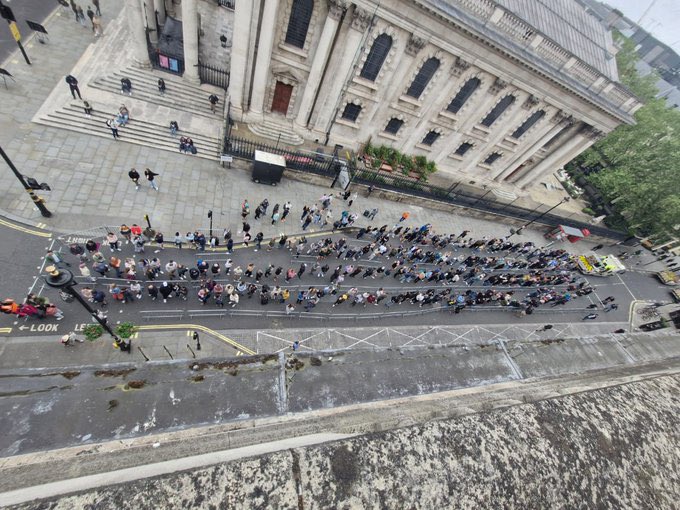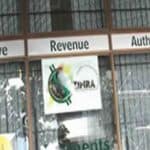Timing is crucial in forex trading, as different trading sessions and times of the day offer varying levels of liquidity and volatility. Understanding when to trade and when to avoid trading can help you establish forex strategies that will reduce the risk of losses. Here are some key considerations for the best times to trade forex and when to avoid trading:
Let’s start with the best times to trade forex.
Overlapping Trading Sessions
The most liquid and active times in the forex market occur when multiple major trading sessions overlap. The three major sessions are the London, New York, and Tokyo sessions. The best times to trade are during the overlap of the London and New York sessions (8:00 AM to 12:00 PM EST), as this period typically sees high trading volumes and increased volatility. This translates to 2:00 PM to 6:00 PM SAST.
London Session
The London session (8:00 AM to 4:00 PM London Time) is known for its high liquidity and is considered one of the best times to trade. Many major currency pairs involve the British pound (GBP) or the euro (EUR), making this session important for trading these pairs. There is also just an hour to 2 hours time difference between South Africa and Britain, depending on Daylight Savings time, which means no middle-of-the-night trading is needed.
Economic Calendar Events
Make sure to pay attention to economic calendar events, such as interest rate decisions, GDP releases, and employment reports. These events can lead to significant market movements and are often best traded during the sessions when they are released. So make sure you have notifications set on your mobile apps, making sure you don’t miss anything significant.
Active Hours for Specific Currency Pairs
Different currency pairs have varying levels of activity at different times. For example, the EUR/USD is most active during the London and New York session overlaps. Research the specific pairs you are trading to determine their active hours.
Now let’s look at times to do something else rather than trade forex.
Weekend Gaps
The forex market is closed over the weekend, and it can lead to gaps in prices when the market opens on Monday. To avoid the potential risk of weekend gaps, consider not holding positions over the weekend. Rather take the time to recharge for a week of trading.
Low-Liquidity Hours
Trading during the Asian session (Tokyo) can be less liquid and more challenging, with lower volatility. It’s generally better to trade when the London or New York sessions are open, as they offer higher liquidity and more significant price movements.
Lunchtime Lulls
There is often a lull in trading activity during lunchtime hours in major financial centres. This can lead to narrower trading ranges and slower price movements. Trading during these periods may not be ideal. It would be a good idea to add the clocks of major financial centres to your World Clock on your cellphone, allowing you to know when it is likely for them to be on lunch break.
Major Holidays
Trading during major holidays can be risky due to lower liquidity and unpredictable price movements. It’s a good idea to check the holiday calendars and consider avoiding trading during these times. Major holidays to look for in the USD market that we don’t have here in SA would be Labor Day, Thanksgiving, Fourth of July etc.
Remember that while these general guidelines are helpful, your forex trading strategy, goals, and risk tolerance should also play a significant role in determining when to trade. Additionally, it’s essential to use risk management tools like stop-loss orders to protect your capital, no matter the time of day or session you choose to trade in the forex market.














